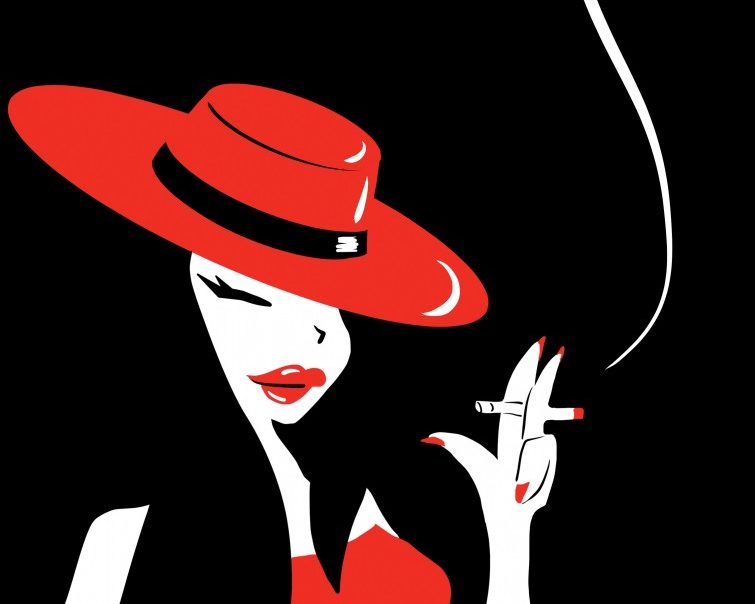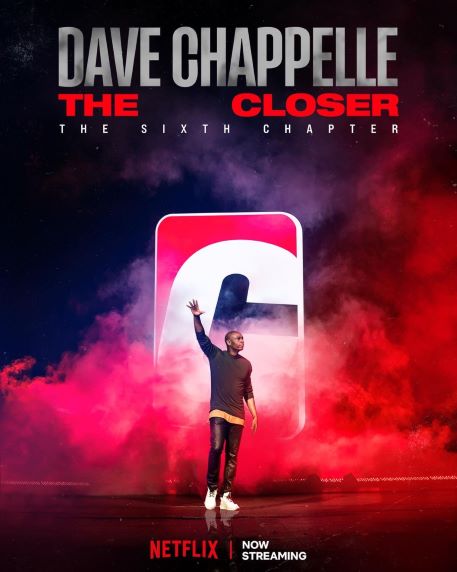
Examining the evolution of the Femme Fatale
By Brittney MacDonald, Life & Style Editor
Whenever anyone discusses stereotypes—vocally or written—it is often to criticize the way that they are specifically structured to generalize.
The generalization is what makes the stereotype so recognizable, but it is also what makes it derogatory. A stereotype is simply a character archetype—something that the audience can see or read and immediately recognize what that character’s purpose is, and understand what their motivation within the plot structure could be. It is a way of saving time and exposition in regards to character development.
This process of relying on archetypes dates back centuries to when stories were presented orally and therefore had to be remembered. Within that frame, the stereotypes that we are used to haven’t really changed all that much. The hero is still the embodiment of moral good, racial stereotypes are still meant to mock and oppress, and most gendered stereotypes are still there to support the patriarchy by glorifying the idea of the female caregiver/weakened damsel contrasted to the strong, protective man. One stereotype that has evolved and changed as our oral, literary, and visual history has progressed, however, is the Femme Fatale.
Our modern notion of the Femme Fatale paints this archetype as a dangerous, morally-ambiguous woman. Narratives are often structured around the hero’s seduction of her, during which she then becomes a force of good or loses her ability to be labelled as “dangerous”—or, on occassion, they are structured around her seduction of the hero, and she becomes his ultimate demise. Keep in mind that most narratives that involve a Femme Fatale are often heteronormative and feature a male protagonist, but not always. While plot structures do hop around, this is still the general synopsis of any story arc that features a Femme Fatale character. However, the Femme Fatale didn’t start off this way.
In its earliest incarnation, the Femme Fatale was simply a woman who was either tempted to behave against society’s definition of moral, or who never displayed any desire to conform to that ideal in the first place. This idea of “morality” was largely defined by Judo-Christian belief, as well as the chauvinistic definition of femininity popular at the time. Basically, it was believed that women were more susceptible to immoral behavior due to their likeness to Eve. These characters strayed from the righteous past, and then would die as a result of their actions—hence the “fatal” aspect.
We can see this in one of literature’s earliest examples of the novel format, Henry James’s Daisy Miller. In it we see the titular character, a young woman, who is flirtatious to a fault. Her flirtations lead her to following a man, who leads her to an area infested with “Roman Fever” (malaria), which she catches and ultimately dies. These characters were meant to be seen as cautionary—a literary representation of what would happen if a woman behaved outside what society presented as the “norm.” However, as literature evolved and became more complex, so did the Femme Fatale.
When you hear the phrase “Femme Fatale” you probably think of the definition popularized by the “Noir” genre—the detective stories, famously remembered as black and white suspense thrillers. You think of Mary Astor playing the character of Brigid O’Shaughnessy in The Maltese Falcon (1941), or Barbara Stanwyck playing Phyllis Dietrichson in Double Indemnity (1944). These women were the quintessential Femme Fatales, and were often the most compelling characters within their respective films. They were brilliant, ruthless, and seductive—but above all, they were dangerous—not just because they were sometimes murderers, but also because they presented the possibility of moral degradation on the part of the hero. They showed women an alternative to being the perfect feminine ideal, and that they were capable of being something more than just an object in need of saving. The backend is that they were a villain, so many people read the Femme Fatale as being a stereotype based off a fear of feminine sexuality, and that the stereotype is derogatory, in that it portrays any woman in charge of her own sexuality as evil. But that doesn’t change the fact that the Noir Femme Fatale is quite the massive departure from Daisy Miller. Within this evolutionary phase, the Femme Fatale displays agency and complexity that puts them on the same level as the narrative’s hero—they, as women, are a worthy opponent.
What began in the Noir genre was later refined in contemporary constructions of the Femme Fatale. That feared sexuality is no longer a weapon of moral degradation, but more of an innate trait to coincide with their overall impression of feminine power. With that the Femme Fatale remains a seductress, but she is usually used as a means of killing the hero—as opposed to making them run away with her.
Backlash against the use of character archetypes prevents the Femme Fatale from appearing in most serious modern narratives, but she’s still around. What was once used as a methodology to avoid long, drawn out character development has now become a jumping off point for just that. We can see this most prominently in video game narratives, where the shallow use of character archetypes is necessary to make a character initially appealing to a player, but over the course of the game the archetypes fade and the character becomes fully realized. One of my favourite examples of this is Overwatch’s Widowmaker. Shallowly, she is a beautiful woman who kills people, and is therefore a Femme Fatale (she’s even French!)—but if you’re a lore junkie (like me), you’re probably aware that Blizzard has slowly been revealing various aspects of the Overwatch backstory. In Widowmaker’s case, she was once a woman subjected to torture, brainwashing, and experimentation by a terrorist cell. As a result, she has seemingly become a sociopath obsessed with using the act of killing as a means to feel any form of emotion. This places reason behind her actions, and gives her a distinct motivation—as opposed to one pre-conceived by a stereotype. It may not be the most complex character development, but it does put her on the path leading towards being a fully developed character.
Surprisingly, this kind of stereotype evolution is fairly exclusive to the Femme Fatale, as most stereotypes remain stagnant. So why, then, did this evolution occur? As someone who is obsessed with both classical literature as well as popular culture/fiction, I can theorize, but I can’t present any solid concrete answer. It is probable that the Femme Fatale evolved due to society’s changing impression of women and femininity in general. What was once seen as something to be monitored and carefully cultivated was later regarded with fear, because it presented a danger to masculine defined morality. That sense of danger then naturally progressed from being an exclusive type of feminine danger to becoming synonymous with an overall sense of danger. The impression of women evolved from at first simply being weak, and later being portrayed as capable in their own way of presenting a threat, and that then progressed to women being seen as human beings just as capable of violence as anyone else.
In a sense, the Femme Fatale isn’t necessarily a symbol of feminine oppression, but is really a measure by which we can see the female influence within society changing and evolving.

